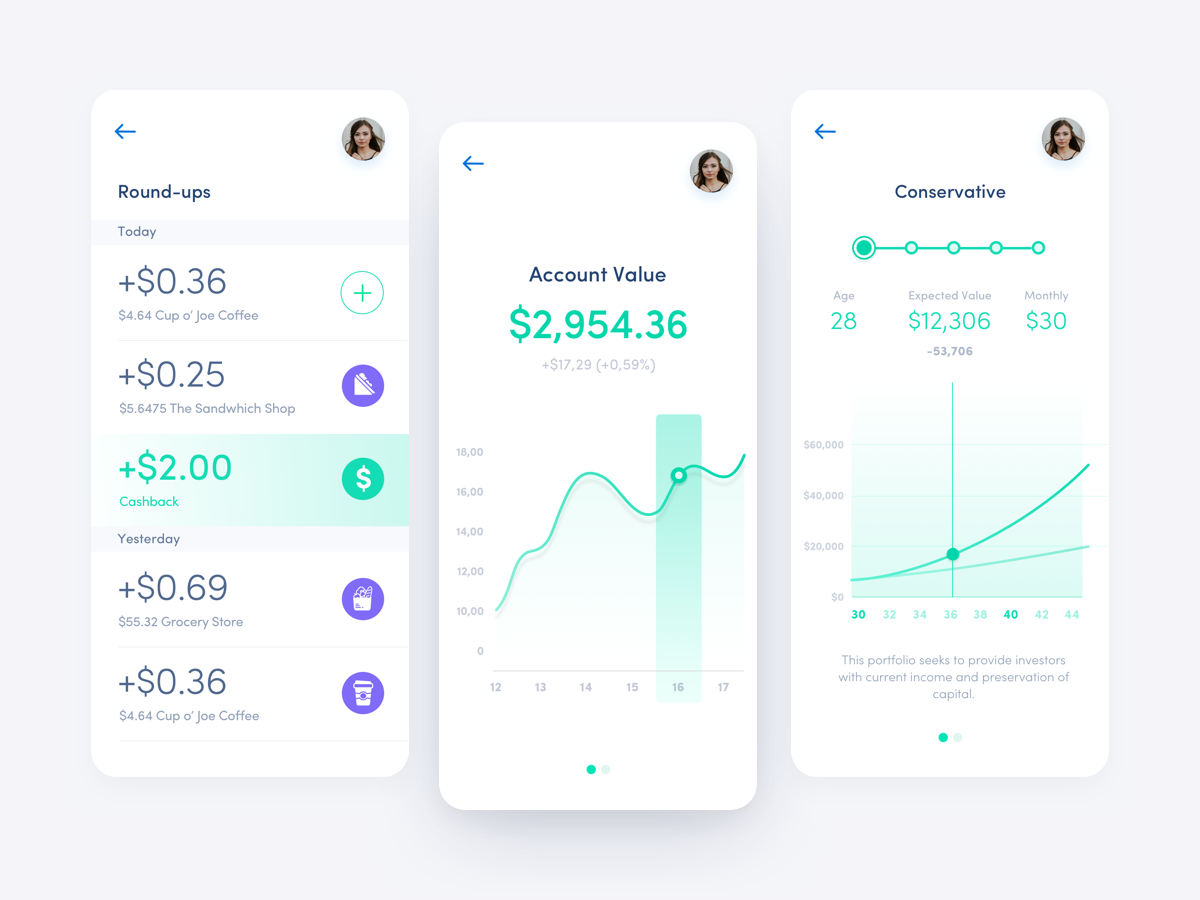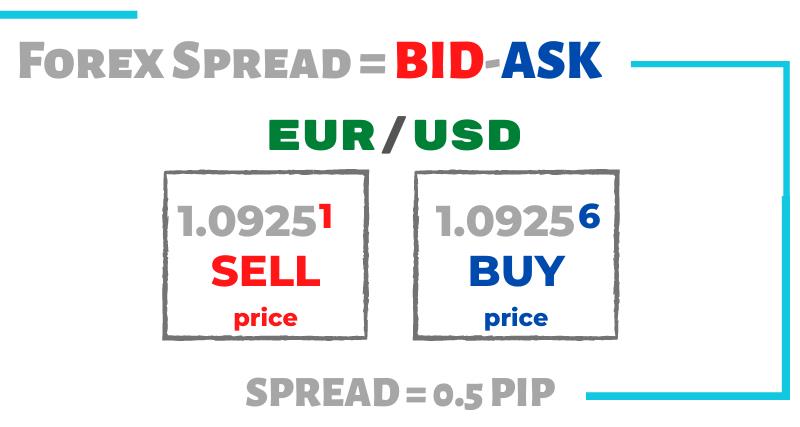
Besides price, open interest is a key component in determining the health of a stock or options market. This is a measure the number and number of trades executed on any given day. This information helps identify outstanding contracts as well as liquid options. It also provides a good indicator of market sentiment.
Open interest can be described as the total number or open contracts for an option type. It is also an indicator of market activity. A lack of liquidity may be indicated by a low number of active contracts. Conversely, traders might feel more confident about market direction if there are more active contracts. Because they are more likely fill their orders at high prices, this is why traders may be more confident in the direction of the market.

Open interest can be combined with other metrics such as trading volume to create a complete picture about market activity. This will allow for a better understanding about the money flowing into the stock market. This is also an indicator of a trend change. Open interest by itself is not sufficient to make a smart decision. The size of the increase in open interest, trade volume on the day, and whether it was due to the opening or closing of a new option contract are all important factors.
It is possible to predict the trend's reversal by using open interest. Open interest can indicate that there are many people buying and selling options. This may be an indication of a choppier price period. However, a high open interest may also indicate a panic sell. An active secondary market is also indicated by a large increase in open interest. This will increase the likelihood that option orders can be filled at high prices.
Open interest isn't the most exciting or glamorous indicator, but it does give an indication of how interested there is in particular options. Open interest is useful for determining the flow of money into and out from the market. It's also helpful in identifying options that are too costly or too good to be true. These are both important factors for determining whether an investment is worth the risk. It is important to remember that open interest is a dynamic indicator and may change with the time of day and day of the week. The most accurate and useful way to use open interest is to keep track of it over a period of time. A good way to do this is to track open interest on a daily basis and compare the total to the previous day.

The best use of open interest is to count the active contracts for a particular option. This calculation uses data taken from the options market. A significant change in the options prices may be indicated by the largest increase in open interest.
FAQ
What are the benefits of stock ownership?
Stocks are more volatile than bonds. The value of shares that are bankrupted will plummet dramatically.
The share price can rise if a company expands.
Companies usually issue new shares to raise capital. Investors can then purchase more shares of the company.
Companies borrow money using debt finance. This allows them to borrow money cheaply, which allows them more growth.
A company that makes a good product is more likely to be bought by people. The stock's price will rise as more people demand it.
As long as the company continues to produce products that people want, then the stock price should continue to increase.
Are bonds tradable?
They are, indeed! As shares, bonds can also be traded on exchanges. They have been trading on exchanges for years.
You cannot purchase a bond directly through an issuer. A broker must buy them for you.
This makes buying bonds easier because there are fewer intermediaries involved. This means you need to find someone willing and able to buy your bonds.
There are many types of bonds. While some bonds pay interest at regular intervals, others do not.
Some pay interest every quarter, while some pay it annually. These differences make it easy for bonds to be compared.
Bonds can be very helpful when you are looking to invest your money. In other words, PS10,000 could be invested in a savings account to earn 0.75% annually. This amount would yield 12.5% annually if it were invested in a 10-year bond.
You could get a higher return if you invested all these investments in a portfolio.
What is the role and function of the Securities and Exchange Commission
The SEC regulates securities exchanges, broker-dealers, investment companies, and other entities involved in the distribution of securities. It enforces federal securities regulations.
What is the difference of a broker versus a financial adviser?
Brokers are individuals who help people and businesses to buy and sell securities and other forms. They handle all paperwork.
Financial advisors are experts on personal finances. They use their expertise to help clients plan for retirement, prepare for emergencies, and achieve financial goals.
Financial advisors may be employed by banks, insurance companies, or other institutions. They could also work for an independent fee-only professional.
It is a good idea to take courses in marketing, accounting and finance if your goal is to make a career out of the financial services industry. You'll also need to know about the different types of investments available.
Statistics
- US resident who opens a new IBKR Pro individual or joint account receives a 0.25% rate reduction on margin loans. (nerdwallet.com)
- Our focus on Main Street investors reflects the fact that American households own $38 trillion worth of equities, more than 59 percent of the U.S. equity market either directly or indirectly through mutual funds, retirement accounts, and other investments. (sec.gov)
- Individuals with very limited financial experience are either terrified by horror stories of average investors losing 50% of their portfolio value or are beguiled by "hot tips" that bear the promise of huge rewards but seldom pay off. (investopedia.com)
- "If all of your money's in one stock, you could potentially lose 50% of it overnight," Moore says. (nerdwallet.com)
External Links
How To
How to open a Trading Account
The first step is to open a brokerage account. There are many brokerage firms out there that offer different services. Some have fees, others do not. Etrade, TD Ameritrade Fidelity Schwab Scottrade Interactive Brokers are some of the most popular brokerages.
After opening your account, decide the type you want. These are the options you should choose:
-
Individual Retirement Accounts (IRAs).
-
Roth Individual Retirement Accounts
-
401(k)s
-
403(b)s
-
SIMPLE IRAs
-
SEP IRAs
-
SIMPLE SIMPLE401(k)s
Each option offers different advantages. IRA accounts have tax benefits but require more paperwork. Roth IRAs permit investors to deduct contributions out of their taxable income. However these funds cannot be used for withdrawals. SIMPLE IRAs have SEP IRAs. However, they can also be funded by employer matching dollars. SIMPLE IRAs have a simple setup and are easy to maintain. They allow employees to contribute pre-tax dollars and receive matching contributions from employers.
You must decide how much you are willing to invest. This is also known as your first deposit. Most brokers will offer you a range deposit options based on your return expectations. A range of deposits could be offered, for example, $5,000-$10,000, depending on your rate of return. The lower end represents a conservative approach while the higher end represents a risky strategy.
Once you have decided on the type account you want, it is time to decide how much you want to invest. Each broker will require you to invest minimum amounts. These minimums can differ between brokers so it is important to confirm with each one.
After deciding the type of account and the amount of money you want to invest, you must select a broker. Before choosing a broker, you should consider these factors:
-
Fees - Be sure to understand and be reasonable with the fees. Brokers will often offer rebates or free trades to cover up fees. However, some brokers raise their fees after you place your first order. Avoid any broker that tries to get you to pay extra fees.
-
Customer service – Look for customer service representatives that are knowledgeable about the products they sell and can answer your questions quickly.
-
Security - Look for a broker who offers security features like multi-signature technology or two-factor authentication.
-
Mobile apps - Make sure you check if your broker has mobile apps that allow you to access your portfolio from anywhere with your smartphone.
-
Social media presence – Find out if your broker is active on social media. If they don't, then it might be time to move on.
-
Technology - Does the broker utilize cutting-edge technology Is the trading platform easy to use? Are there any issues when using the platform?
Once you have decided on a broker, it is time to open an account. While some brokers offer free trial, others will charge a small fee. After signing up you will need confirmation of your email address. Next, you'll need to confirm your email address, phone number, and password. You will then need to prove your identity.
After your verification, you will receive emails from the new brokerage firm. It's important to read these emails carefully because they contain important information about your account. These emails will inform you about the assets that you can sell and which types of transactions you have available. You also learn the fees involved. You should also keep track of any special promotions sent out by your broker. These promotions could include contests, free trades, and referral bonuses.
Next, you will need to open an account online. Opening an account online is normally done via a third-party website, such as TradeStation. These websites can be a great resource for beginners. When opening an account, you'll typically need to provide your full name, address, phone number, email address, and other identifying information. After all this information is submitted, an activation code will be sent to you. You can use this code to log on to your account, and complete the process.
Once you have opened a new account, you are ready to start investing.